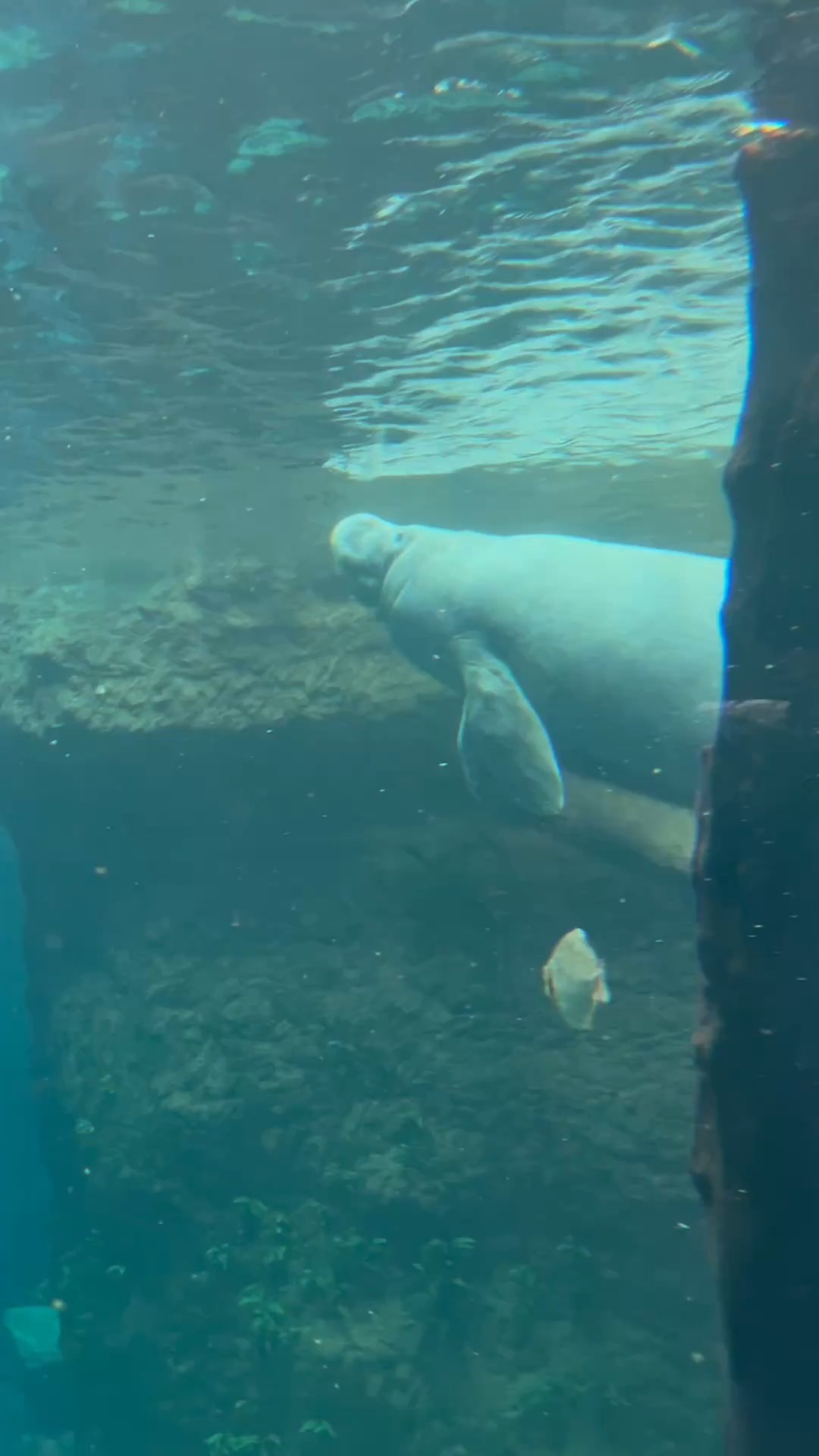- Manatees: An Overview of Their Biology and Behavior
- Human-Induced Threats to Manatee Populations
- Conservation Efforts and Their Importance
- The Role of Zoology and Zoo Management in Manatee Preservation
- How Individuals Can Contribute to Manatee Conservation
Manatees, often referred to as sea cows, are gentle marine mammals known for their slow-moving demeanor and curious nature. Scientifically classified under the family Trichechidae, these herbivorous giants are primarily found in shallow coastal areas and slow rivers, preferring warm tropical and sub-tropical waters. There are three species, namely the West Indian manatee, the Amazonian manatee, and the West African manatee, each contributing uniquely to their localized ecosystems.
A typical adult manatee can weigh between 900 to 1,200 pounds and reach lengths of up to 13 feet. Despite their massive size, they are agile underwater, using their broad, paddle-shaped tails to glide through water with elegance. Manatees’ diet mainly comprises seagrasses and other aquatic plants, consuming approximately 10-15% of their body weight daily. This foraging habit plays a crucial role in maintaining healthy aquatic ecosystems by keeping seagrass beds trimmed and ensuring nutrient recycling within these habitats.
Manatees are known for their docility and inquisitiveness, often approaching swimmers or boats. Unlike many animals, they display little aggression, making them fascinating subjects of study within marine biology. Manatees have a low reproductive rate, usually birthing one calf every two to three years after a gestation period of about 13 months. Calves stay with their mothers for up to two years, learning survival skills vital for independence in the wild.
Despite having no natural predators, manatees face significant threats due to human activities. One of the most pressing dangers is habitat loss, primarily from coastal development and water pollution. Destruction of seagrass beds and freshwater systems disrupts their natural habitat, threatening their food supply and areas for calving.
Another critical threat is boat collisions, as manatees often inhabit waters where recreational boating is common. Their need to surface for air every few minutes puts them in harm’s way, leading to severe injuries or fatalities. To mitigate this, many regions have implemented manatee protection zones, restricting boat speeds and, in some cases, access to known manatee habitats.
Additionally, manatees are vulnerable to the effects of climate change, such as rising sea levels and increased water temperatures, which exacerbate habitat degradation. The proliferation of harmful algal blooms, fueled by agricultural runoff and higher water temperatures, can also deplete oxygen levels and introduce toxins, posing further risks.
Conservation efforts aimed at preserving manatee populations are extensive and multi-faceted. Legal protections, like the Endangered Species Act and the Marine Mammal Protection Act in the United States, have been instrumental in safeguarding manatees. These laws make it illegal to harass, hunt, capture, or kill any marine mammal, including manatees, promoting their recovery and habitat protection.
In addition to legislation, dedicated sanctuaries have been established, providing safe havens for manatees during critical periods, such as winter months when they congregate in warm waters. These areas offer refuge and help scientists study manatee behavior, diseases, and genetics, allowing for more informed conservation strategies.
Public awareness campaigns are vital in fostering societal support for manatee preservation. Efforts to educate recreational boaters about manatee-friendly practices and the significance of obeying protection zone guidelines have proven effective in reducing boat-related injuries. Similarly, community engagement programs encourage citizens to participate in conservation activities, such as volunteer efforts to restore seagrass beds and clean waterways.
Zoologists and professionals in zoo management contribute significantly to manatee conservation. In a controlled setting, zoos and aquariums offer opportunities for in-depth research and rehabilitation. Injured or orphaned manatees receive care from trained professionals to aid their recovery and eventual release back into the wild. This collaborative approach bridges the gap between scientific research and public outreach, enhancing understanding and appreciation for these majestic creatures.
For those passionate about wildlife conservation, individual actions can considerably impact manatee survival. Supporting conservation organizations through donations provides necessary resources for research and recovery initiatives. Advocacy for stricter environmental regulations and enforcement also plays a crucial role in protecting manatee habitats.
Adopting sustainable living practices, such as reducing water pollution and waste, contributes to a healthier environment for manatees and other wildlife. Moreover, responsible boating behaviors and reporting manatee sightings or injuries to wildlife authorities can aid in monitoring and ensuring the safety of these gentle giants.
Engagement in educational programs that promote sensitivity towards marine biodiversity can inspire future generations of conservationists. By fostering an appreciation for the natural environment and understanding the critical role manatees play in aquatic ecosystems, individuals can be empowered to advocate for conservation initiatives and seek innovative solutions to preserve these remarkable animals.
In summary, the manatee remains a symbol of tranquility in our waterways, yet they face constant adversities due to human intervention. By recognizing and addressing the threats they encounter, society can take actionable steps to ensure their continued presence in aquatic ecosystems. Through collective conservation efforts, awareness, and advocacy, these magnificent creatures can continue to thrive and captivate future generations with their serene presence. As stewards of the environment, it is our responsibility to safeguard their existence and sustain the delicate balance of marine life.
*****
Source Description
Happy 🌿🐘💙 Today, we’re celebrating these gentle giants who spend their days grazing, floating, and taking life slow. Though they have no natural predators, manatees still face threats from human activity—making conservation efforts more important than ever. Let’s appreciate and protect these incredible animals!


